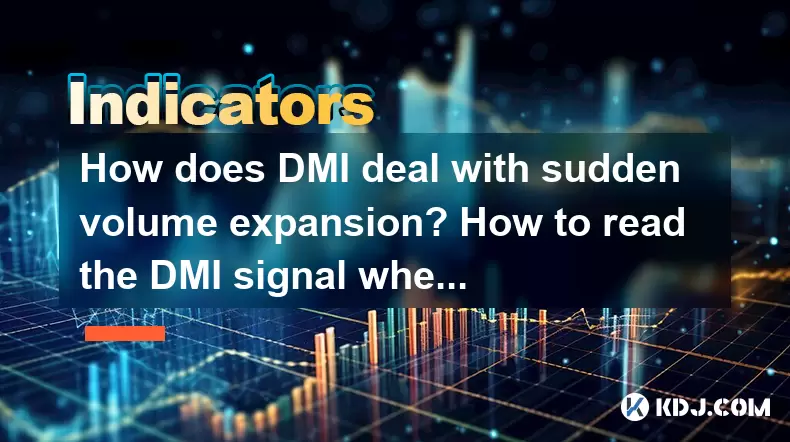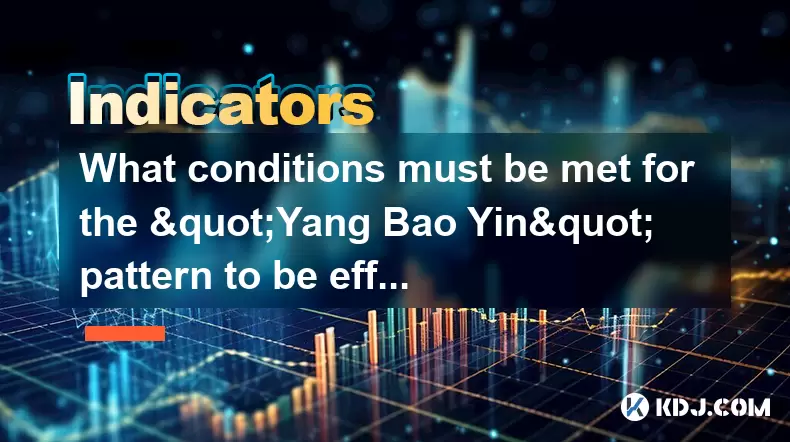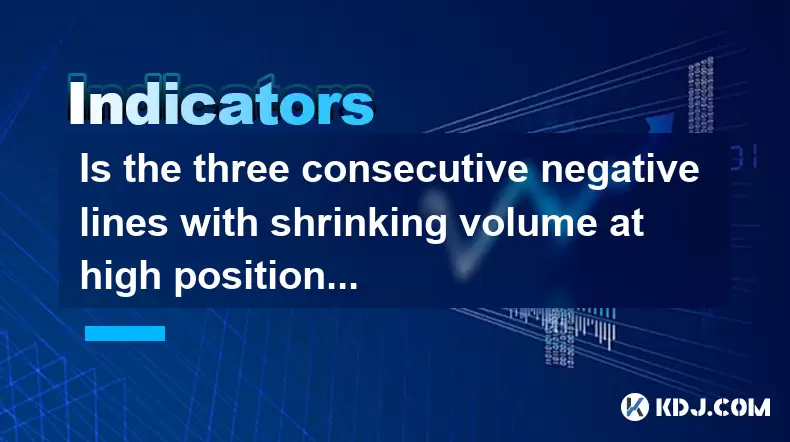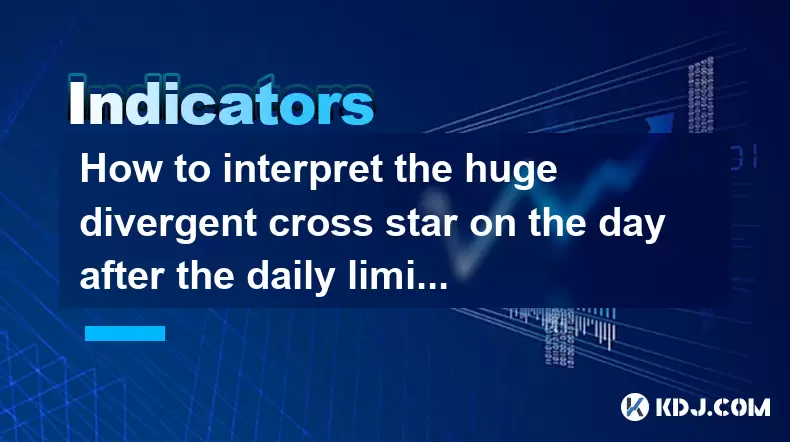-
 Bitcoin
Bitcoin $105,053.8967
0.28% -
 Ethereum
Ethereum $2,536.9103
0.49% -
 Tether USDt
Tether USDt $1.0004
0.01% -
 XRP
XRP $2.1735
1.51% -
 BNB
BNB $650.9659
-0.36% -
 Solana
Solana $146.0013
1.03% -
 USDC
USDC $1.0000
0.01% -
 Dogecoin
Dogecoin $0.1776
1.66% -
 TRON
TRON $0.2700
-1.20% -
 Cardano
Cardano $0.6367
0.08% -
 Hyperliquid
Hyperliquid $41.5154
4.36% -
 Sui
Sui $3.0303
1.00% -
 Bitcoin Cash
Bitcoin Cash $436.0395
5.03% -
 Chainlink
Chainlink $13.1926
-0.32% -
 UNUS SED LEO
UNUS SED LEO $9.0306
-0.41% -
 Stellar
Stellar $0.2595
0.37% -
 Avalanche
Avalanche $19.1528
0.37% -
 Toncoin
Toncoin $3.0008
1.46% -
 Shiba Inu
Shiba Inu $0.0...01218
4.24% -
 Hedera
Hedera $0.1597
4.06% -
 Litecoin
Litecoin $86.1907
2.88% -
 Polkadot
Polkadot $3.8078
-0.27% -
 Ethena USDe
Ethena USDe $1.0005
0.02% -
 Monero
Monero $315.3789
0.26% -
 Dai
Dai $0.9999
0.01% -
 Bitget Token
Bitget Token $4.5446
0.46% -
 Pepe
Pepe $0.0...01114
4.48% -
 Uniswap
Uniswap $7.3261
1.15% -
 Pi
Pi $0.5867
5.21% -
 Aave
Aave $276.8268
-2.40%
How does DMI deal with sudden volume expansion? How to read the DMI signal when there is a huge long positive?
The DMI helps traders assess trend strength in crypto markets, especially during sudden volume expansions and huge long positives, using +DI, -DI, and ADX lines.
Jun 09, 2025 at 12:35 pm

The Directional Movement Index (DMI) is a popular technical analysis tool used by traders to determine the strength and direction of a trend in the cryptocurrency market. When dealing with sudden volume expansion and interpreting DMI signals during a significant long positive movement, understanding the intricacies of the DMI can be crucial for making informed trading decisions.
Understanding the DMI and Its Components
The DMI consists of three lines: the Positive Directional Indicator (+DI), the Negative Directional Indicator (-DI), and the Average Directional Index (ADX). The +DI measures upward movement, the -DI measures downward movement, and the ADX quantifies the strength of the trend, regardless of direction. The ADX is particularly useful in assessing whether a trend is strong enough to trade on.
When there is a sudden volume expansion in the market, it can significantly impact the readings of the DMI. Volume is a critical factor that traders need to consider alongside DMI signals to understand the market's momentum and potential trend continuations or reversals.
DMI Response to Sudden Volume Expansion
Sudden volume expansion often indicates increased interest or a significant event affecting the cryptocurrency. When this occurs, the DMI can react in several ways:
Increased Volatility: Sudden volume can lead to increased price volatility, which may cause the +DI and -DI lines to fluctuate more rapidly. Traders should be cautious of false signals during these periods and use additional indicators to confirm trends.
Trend Confirmation: If the volume expansion coincides with a strong directional move, the ADX might rise, indicating a strengthening trend. A rising ADX above 25 suggests a strong trend, and traders can use this to confirm their trading strategies.
Potential Reversals: High volume can also signal potential trend reversals. If the +DI and -DI lines cross during a high-volume period, it may indicate a change in market sentiment. Traders need to monitor these crossings closely and use other technical indicators to validate the reversal.
Reading DMI Signals During Huge Long Positives
A huge long positive in the market refers to a significant upward movement in price. When interpreting DMI signals during such periods, traders should focus on the following aspects:
+DI and ADX Relationship: During a huge long positive, the +DI line will typically be above the -DI line, indicating bullish momentum. If the ADX is also rising and above 25, it confirms a strong bullish trend.
Crossing Points: If the +DI and -DI lines cross during a huge long positive, it might signal a potential weakening of the bullish trend. Traders should look for confirmation from other indicators like volume and moving averages before making trading decisions.
Volume Confirmation: High volume during a huge long positive can validate the strength of the trend. If the volume is increasing alongside a rising +DI and ADX, it suggests a robust bullish trend.
Using DMI with Other Indicators
To enhance the effectiveness of the DMI during sudden volume expansions and huge long positives, traders often use it in conjunction with other technical indicators:
Moving Averages: Combining the DMI with moving averages can help confirm trend directions. If the price is above a moving average and the +DI is above the -DI with a rising ADX, it supports a bullish trend.
Relative Strength Index (RSI): The RSI can help identify overbought or oversold conditions. If the RSI is over 70 during a huge long positive, it might suggest that the market is overbought and due for a correction.
Volume Indicators: Volume-based indicators like the On-Balance Volume (OBV) can provide additional insights into the strength of a trend. If the OBV is rising alongside a huge long positive and a strong DMI signal, it confirms the bullish trend.
Practical Application: Trading with DMI During Sudden Volume Expansion
When applying the DMI in real-time trading scenarios during sudden volume expansions, traders should follow a systematic approach:
Monitor Volume: Keep an eye on volume spikes. Sudden increases in volume can signal significant market movements that may affect DMI readings.
Analyze DMI Lines: Regularly check the +DI, -DI, and ADX lines. Look for crossovers and the position of the ADX to gauge trend strength.
Confirm with Other Indicators: Use additional indicators to confirm DMI signals. This can include moving averages, RSI, and volume indicators.
Set Trading Rules: Establish clear entry and exit rules based on DMI signals and volume. For example, enter a long position when the +DI crosses above the -DI and the ADX is above 25 with increasing volume.
Risk Management: Always use stop-loss orders to manage risk, especially during volatile periods. Adjust stop-loss levels based on the strength of the DMI signals and volume trends.
Interpreting DMI Signals During Huge Long Positives: A Case Study
Consider a hypothetical scenario where Bitcoin experiences a huge long positive with a sudden volume expansion. Here's how a trader might interpret the DMI signals:
Initial Observation: The +DI is significantly above the -DI, and the ADX is rising above 25, indicating a strong bullish trend.
Volume Analysis: The volume is increasing sharply, confirming the strength of the bullish move.
Confirmation with Other Indicators: The 50-day moving average is trending upward, and the RSI is around 65, suggesting the market is not yet overbought.
Trading Decision: Based on these signals, the trader decides to enter a long position, setting a stop-loss just below a recent swing low to manage risk.
Monitoring and Adjusting: The trader continues to monitor the DMI, volume, and other indicators. If the +DI and -DI lines cross or the ADX starts to decline, the trader may consider exiting the position.
Frequently Asked Questions
Q: Can the DMI be used effectively in all market conditions, including low-volume periods?
A: While the DMI is most effective in trending markets with significant volume, it can still provide useful insights during low-volume periods. In low-volume conditions, traders should use the DMI in conjunction with other indicators to confirm signals and be cautious of false breakouts.
Q: How can traders differentiate between a genuine trend and a false signal when using the DMI during sudden volume expansions?
A: Differentiating between genuine trends and false signals requires a multi-faceted approach. Traders should look for confirmation from multiple indicators, including volume, moving averages, and other momentum indicators. Additionally, waiting for a sustained move in the DMI lines and volume can help filter out false signals.
Q: Is it advisable to use the DMI as a standalone indicator during huge long positives?
A: Using the DMI as a standalone indicator during huge long positives is not advisable. While the DMI can provide valuable insights into trend strength and direction, it is most effective when used in combination with other technical indicators to confirm signals and reduce the risk of false positives.
Q: How should traders adjust their DMI-based strategies during periods of extreme market volatility?
A: During periods of extreme market volatility, traders should adjust their DMI-based strategies by tightening stop-loss levels and reducing position sizes. Additionally, traders should use shorter time frames for DMI analysis and consider incorporating more conservative entry and exit signals to manage risk effectively.
Disclaimer:info@kdj.com
The information provided is not trading advice. kdj.com does not assume any responsibility for any investments made based on the information provided in this article. Cryptocurrencies are highly volatile and it is highly recommended that you invest with caution after thorough research!
If you believe that the content used on this website infringes your copyright, please contact us immediately (info@kdj.com) and we will delete it promptly.
- Despite the news that Binance will delist the token on May 2, Alpaca Finance shocked the cryptocurrency market with a 1,100% price increase in the last week.
- 2025-06-14 20:50:13
- Ripple Reportedly Offered $4–5 Billion to Acquire Circle, the Issuer of USDC
- 2025-06-14 20:50:12
- Bitcoin (BTC) Price Prediction: Targeting $351,046 in 2025
- 2025-06-14 20:45:13
- CIA Eyes Bitcoin as Strategic Tool for Payments and Intelligence
- 2025-06-14 20:45:13
- SBTs (Soulbound Tokens): The Next Phase of Decentralized Identity
- 2025-06-14 20:40:13
- Cathie Wood of Ark Invest Predicts Bitcoin (CRYPTO: BTC) Will Hit a Price of $2.4 Million by the Year 2030
- 2025-06-14 20:40:13
Related knowledge

How to calculate the probability of trend continuation after the MACD column divergence?
Jun 14,2025 at 08:01am
Understanding MACD Column DivergenceThe Moving Average Convergence Divergence (MACD) is a widely used technical indicator in cryptocurrency trading. The MACD column, also known as the histogram, represents the difference between the MACD line and the signal line. When price makes a new high or low but the MACD histogram does not confirm this movement, a...

What are the volume requirements for adjusting the K line in the "rising three methods" pattern?
Jun 14,2025 at 07:50am
Understanding the 'Rising Three Methods' Pattern in Cryptocurrency TradingThe 'rising three methods' pattern is a bullish continuation candlestick formation that traders often use to identify potential upward momentum in cryptocurrency price charts. This pattern typically appears during an uptrend and suggests that the trend is likely to continue after ...

What conditions must be met for the "Yang Bao Yin" pattern to be effective?
Jun 14,2025 at 06:42am
Understanding the 'Yang Bao Yin' Pattern in Cryptocurrency TradingThe Yang Bao Yin pattern is a candlestick formation commonly observed in technical analysis within the cryptocurrency market. This pattern typically signals a potential bullish reversal after a downtrend. However, for this pattern to be effective and reliable, certain conditions must be m...

Is the three consecutive negative lines with shrinking volume at high positions a signal that the main force has finished shipping?
Jun 14,2025 at 09:56am
Understanding the Concept of Three Consecutive Negative LinesIn cryptocurrency trading, three consecutive negative lines refer to a situation where an asset's price chart shows three successive candlesticks with closing prices lower than their opening prices. This pattern typically indicates bearish sentiment in the market. When this occurs at high posi...

Is it an opportunity for the long positive line with large volume to break through the platform and then shrink back?
Jun 14,2025 at 04:42am
Understanding the Long Positive Line with Large VolumeIn technical analysis, a long positive line refers to a candlestick pattern where the closing price is significantly higher than the opening price, often indicating strong buying pressure. When this occurs alongside large volume, it suggests that market participants are actively involved in pushing t...

How to interpret the huge divergent cross star on the day after the daily limit?
Jun 14,2025 at 02:35pm
Understanding the Divergent Cross Star PatternIn the realm of technical analysis within cryptocurrency trading, candlestick patterns are essential tools for predicting price movements. One such pattern is the divergent cross star, which appears as a doji or near-doji candle following a significant price move. When this pattern occurs the day after a dai...

How to calculate the probability of trend continuation after the MACD column divergence?
Jun 14,2025 at 08:01am
Understanding MACD Column DivergenceThe Moving Average Convergence Divergence (MACD) is a widely used technical indicator in cryptocurrency trading. The MACD column, also known as the histogram, represents the difference between the MACD line and the signal line. When price makes a new high or low but the MACD histogram does not confirm this movement, a...

What are the volume requirements for adjusting the K line in the "rising three methods" pattern?
Jun 14,2025 at 07:50am
Understanding the 'Rising Three Methods' Pattern in Cryptocurrency TradingThe 'rising three methods' pattern is a bullish continuation candlestick formation that traders often use to identify potential upward momentum in cryptocurrency price charts. This pattern typically appears during an uptrend and suggests that the trend is likely to continue after ...

What conditions must be met for the "Yang Bao Yin" pattern to be effective?
Jun 14,2025 at 06:42am
Understanding the 'Yang Bao Yin' Pattern in Cryptocurrency TradingThe Yang Bao Yin pattern is a candlestick formation commonly observed in technical analysis within the cryptocurrency market. This pattern typically signals a potential bullish reversal after a downtrend. However, for this pattern to be effective and reliable, certain conditions must be m...

Is the three consecutive negative lines with shrinking volume at high positions a signal that the main force has finished shipping?
Jun 14,2025 at 09:56am
Understanding the Concept of Three Consecutive Negative LinesIn cryptocurrency trading, three consecutive negative lines refer to a situation where an asset's price chart shows three successive candlesticks with closing prices lower than their opening prices. This pattern typically indicates bearish sentiment in the market. When this occurs at high posi...

Is it an opportunity for the long positive line with large volume to break through the platform and then shrink back?
Jun 14,2025 at 04:42am
Understanding the Long Positive Line with Large VolumeIn technical analysis, a long positive line refers to a candlestick pattern where the closing price is significantly higher than the opening price, often indicating strong buying pressure. When this occurs alongside large volume, it suggests that market participants are actively involved in pushing t...

How to interpret the huge divergent cross star on the day after the daily limit?
Jun 14,2025 at 02:35pm
Understanding the Divergent Cross Star PatternIn the realm of technical analysis within cryptocurrency trading, candlestick patterns are essential tools for predicting price movements. One such pattern is the divergent cross star, which appears as a doji or near-doji candle following a significant price move. When this pattern occurs the day after a dai...
See all articles

























































































